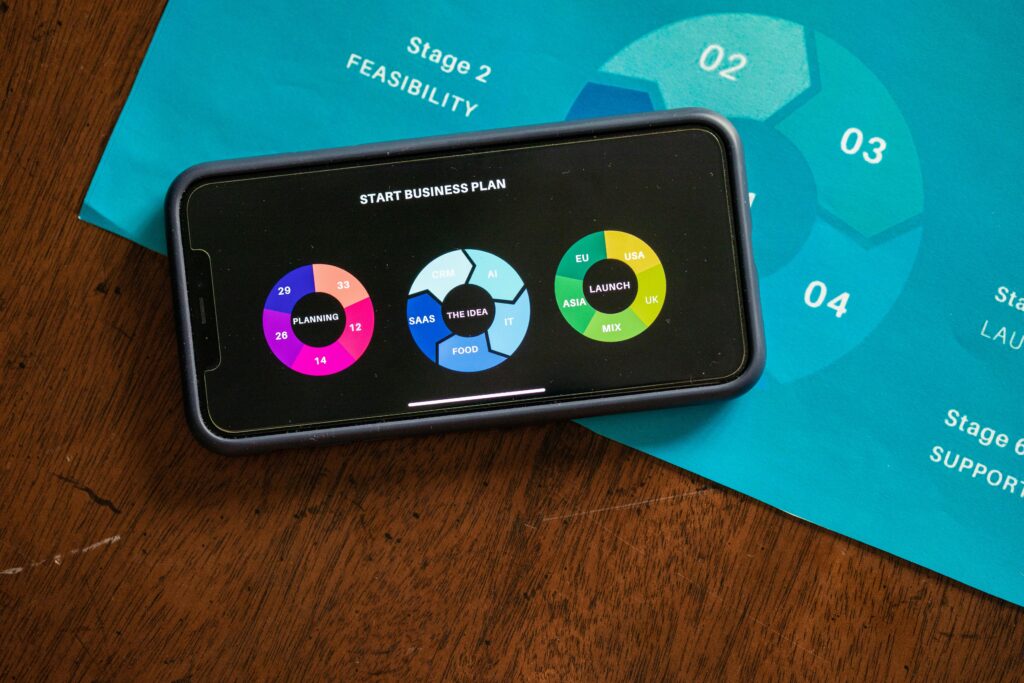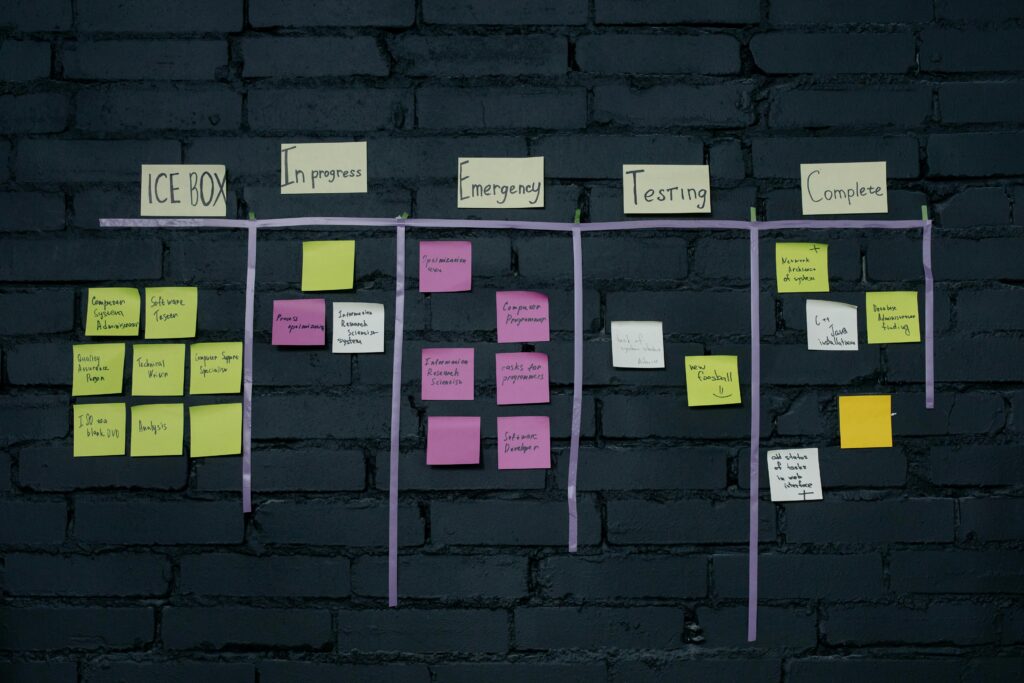
Balancing work and life can often feel like juggling a dozen balls at once, each vying for your attention. I’ve been there, trying to meet deadlines while also wanting to spend quality time with loved ones, and not to mention, finding a little “me-time.” It’s a challenging dance, but with some strategies and a bit of practice, it’s possible to master the work-life balance. Here’s how I did it, and how you can too.

Recognize the Signs of Imbalance
The first step is to recognize when things are off-kilter. For me, it started with feeling constantly exhausted, missing family events, and the creeping feeling of burnout. If you find yourself in a similar situation, it’s a sign that you need to make some changes.

Prioritize Ruthlessly
One of the most effective ways I’ve managed to balance work and life is by setting clear priorities. Not everything can be urgent and important. I began by listing out my tasks and responsibilities and then categorizing them:
- Must-do tasks: These are non-negotiable and include critical work deadlines and essential personal commitments.
- Should-do tasks: Important but not urgent tasks that can be scheduled for later.
- Nice-to-do tasks: These are tasks that can be done if I have extra time.
By focusing on the must-dos and scheduling the should-dos, I freed up mental space and reduced stress significantly.

Set Boundaries
Boundaries are crucial for maintaining a healthy work-life balance. I used to answer work emails at all hours, but I soon realized this was draining my energy and encroaching on my personal time. Here’s what helped me set better boundaries:
- Designate specific work hours: I made a rule to stop checking work emails after 7 PM.
- Create a dedicated workspace: This helped me mentally switch off from work when I left that space.
- Communicate clearly: I informed my colleagues about my availability, making it clear when I would and wouldn’t be accessible.

Learn to Say No
One of the hardest but most liberating lessons I learned was how to say no. It’s easy to get overwhelmed by taking on too much. I started evaluating requests against my priorities and wasn’t afraid to decline tasks that didn’t align with my goals or capacity. Saying no isn’t about being uncooperative; it’s about recognizing your limits and protecting your well-being.

Schedule Downtime
Downtime isn’t a luxury; it’s a necessity. I used to think that working constantly was the key to success, but it only led to burnout. Now, I schedule regular breaks and time for activities that recharge me, whether it’s reading, exercising, or just taking a walk. This not only helps me relax but also boosts my productivity when I return to work.

Embrace Flexibility
Life is unpredictable, and sometimes, work-life balance requires flexibility. There were days when personal matters took precedence over work, and vice versa. I learned to adapt and not beat myself up over it. Flexibility means sometimes working a bit later to finish a project or taking a long lunch to attend a school play. It’s about finding a rhythm that works for you.

Delegate and Outsource
Trying to do everything yourself is a fast track to burnout. I found that delegating tasks at work and outsourcing chores at home made a huge difference. Whether it’s hiring a cleaner, using a meal delivery service, or asking a colleague to take on part of a project, sharing the load can free up time and reduce stress.

Practice Self-Care
Self-care isn’t just about bubble baths and spa days, though those are nice too. It’s about taking care of your mental and physical health daily. I started incorporating small self-care habits into my routine, like:
- Mindfulness meditation: Even a few minutes a day can reduce stress.
- Regular exercise: This keeps my energy levels up and my mind clear.
- Healthy eating: Fueling my body with nutritious food helps me stay focused and productive.
Seek Support
Lastly, don’t be afraid to seek support. Whether it’s talking to a mentor, a therapist, or joining a support group, sharing your struggles can provide new perspectives and solutions. I found that opening up about my challenges often led to valuable advice and support from others.

Final Thoughts
Mastering the work-life balance is an ongoing process. It requires continuous adjustment and self-awareness. By prioritizing tasks, setting boundaries, and taking care of yourself, you can achieve a balance that allows you to thrive both personally and professionally. Remember, it’s not about perfection but about finding harmony that works for you.










